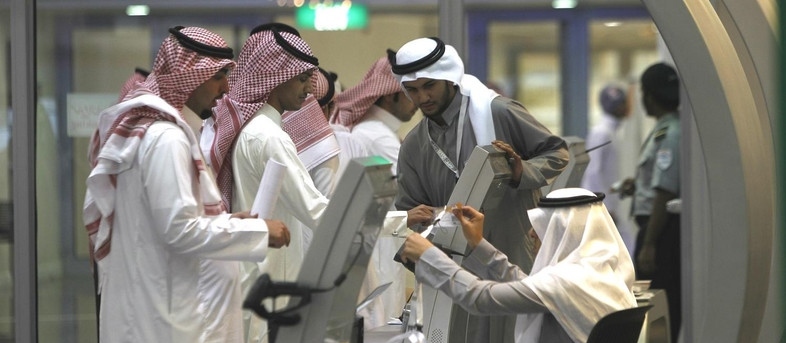12.7% unemployment in Saudi
July 31, 2017 | Expert Insights

Unemployment rate in Saudi Arabia has risen to 12.7% in the second quarter of 2017.
Tens of thousands have been laid off from the job market in the recent years due to a steep fall in oil prices.
Background
Between 2010 until mid-2014, world oil prices were around $110 a barrel. However, due to an oil glut, prices have dropped. Currently, it hovers around $48.50. Saudi Arabia, which is the world’s largest producer of oil, has suffered economically as a result.
In 2016, one of the biggest oil companies in the region, the Binladin group, laid off tens of thousands of workers. The number of layoffs ranged from 50,000 to 77,000. Even though the country rarely sees protests, disgruntled employees torched seven buses.
To address the sluggish prices, OPEC (Organization of the Petroleum Exporting Countries) nations came to an agreement in November 2016 to cap their output until the oil glut was reduced. In May 2017, they agreed to extend that deal by nine months. Saudi Arabia personally pledged to limit its oil exports to 6.6 million bpd (barrels per day).
Analysis
The unemployment rate in Saudi Arabia is a whole percent higher than it was during the same period last year. Forecasts indicate that this trend will continue in the future. The International Monetary Fund (IMF) has projected that the country will grow at just 0.1% in 2017. In April, its projections noted that the growth would be around 0.3%.
This will be Saudi Arabia's worst growth since 2009, when its economy contracted by 2.0% on the slump of oil revenues.
Monica Malik, chief economist at Abu Dhabi Commercial Bank said, “The data shows the economy is not creating enough jobs for the new entrants into the labour market. Job creation is going to be the main challenge for the reform programme.”
In 2016, the Crown Prince, Mohammed bin Salman announced a plan to cut unemployment by 7% by 2030. However, that has not worked so far as unemployment has increased. According to the Saudi Press Agency, the total number of Saudis seeking job is 9,06,552.
The country adds 4,33,000 jobs annually but much of it is taken by people of other nationalities. The layoffs have hit citizens of other countries as well. Saudi Arabia has a large number of Indian diaspora. When thousands began to lose their jobs, the Indian government stepped in to offer unemployed Indians in the region a free passage back to India.
Assessment
Our assessment is that focus for the Saudis should be to invest more in education and technology. Saudi Arabia will continue its downward trajectory for at least a period of time. Due to the shale oil boom in the US, the prices of oil are unlikely to go up in the immediate term. The region has also witnessed political instability recently with a new Crown Prince being announced.








Comments